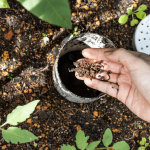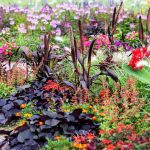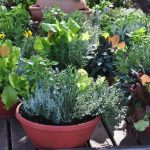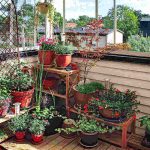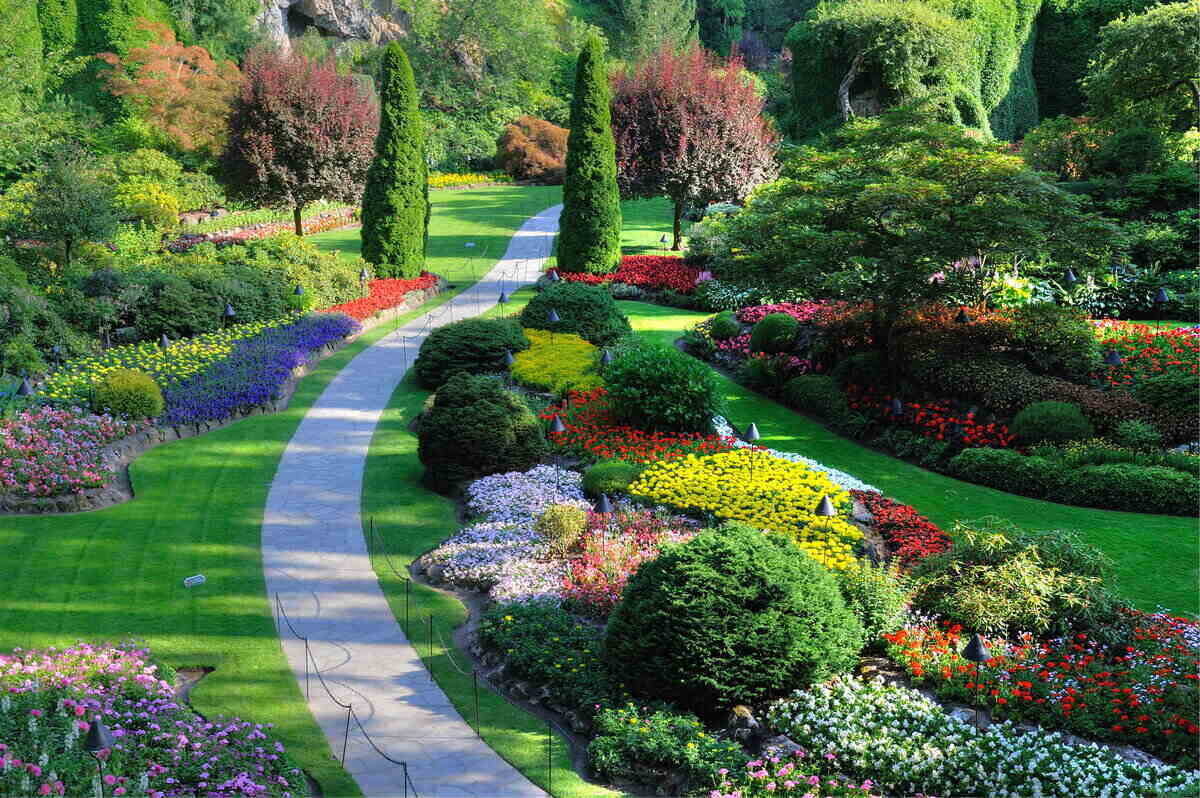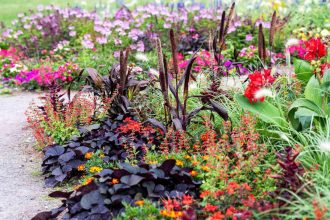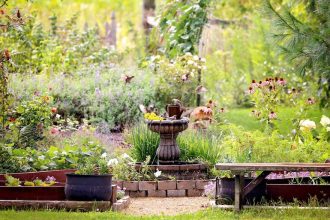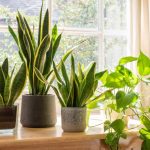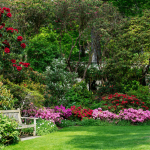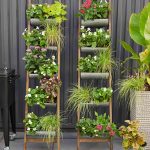Adding color to your garden can transform it from a dull and uninspiring space into a vibrant and visually stunning oasis. By strategically incorporating different hues into your garden design, you can create a cohesive and eye-catching outdoor space that reflects your personal style and taste. In this article, we will explore various ways to use color in your garden design to create a beautiful and inviting outdoor retreat. From choosing the right color palette to selecting the perfect plants, we will provide you with tips and ideas to help you make your garden a colorful and memorable space.

Choosing the Right Color Palette for Your Garden
In order to create a visually appealing garden design, it is important to carefully choose the right color palette. Colors can evoke different emotions and set the mood for your outdoor space, so it’s essential to consider how you want your garden to feel. Here are some tips for selecting the perfect colors for your garden:
– Consider the existing colors: Take into account the colors of your home, fences, and other structures in your garden. Choose colors that complement or contrast with these existing hues to create a cohesive look.
– Think about the seasons: Different colors are associated with different seasons. Consider incorporating seasonal blooms or foliage into your color palette to create a garden that changes with the time of year.
– Use a color wheel: Utilize a color wheel to help you determine which colors work well together. Analogous colors (those that are next to each other on the color wheel) create a harmonious look, while complementary colors (those opposite each other) can add a vibrant contrast.
When designing your garden, keep in mind that color can be used to create focal points, add depth, and enhance the overall aesthetic. By carefully , you can create a beautiful outdoor space that reflects your style and personality.
Using Contrasting Colors to Create Visual Interest
One effective way to create visual interest in your garden design is by using contrasting colors. By strategically pairing colors that are opposite each other on the color wheel, you can create a dynamic and eye-catching display that will draw attention to specific areas of your garden.
When using contrasting colors, it’s important to consider the overall color scheme of your garden. Think about the mood or feeling you want to evoke and choose colors that will help you achieve that. For example, pairing vibrant red flowers with deep green foliage can create a bold and dramatic look, while combining soft pastels with whites can give your garden a more serene and peaceful vibe.
To make the most of contrasting colors in your garden, consider using them in various elements such as flower beds, borders, containers, or even in the layout of your garden paths. By strategically placing contrasting colors throughout your garden, you can create a cohesive and visually striking design that will be a feast for the eyes.
In addition to flowers, you can also use contrasting colors in other elements such as garden furniture, decorative accents, or even painted walls or fences. By incorporating contrasting colors in these elements, you can tie the whole look of your garden together and create a cohesive and harmonious design that will be sure to impress your guests.
Incorporating Colorful Foliage for Year-Round Appeal
One way to create year-round appeal in your garden design is by incorporating colorful foliage. Adding plants with vibrant leaves can add interest and variety to your outdoor space, even when flowers are not in bloom.
There are many ways to incorporate colorful foliage into your garden design. One option is to plant a variety of shrubs and trees that have different hues of leaves. For example, you could plant a pink flowering dogwood tree for a pop of color in the spring, and a Japanese maple tree with red leaves for a striking contrast in the fall.
Another way to add color to your garden is by using plants with variegated leaves. Variegated plants have leaves that are a mix of different colors, such as green and white or green and yellow. These plants can add a unique touch to your garden design and create visual interest.
Incorporating colorful foliage into your garden design can help to create a vibrant and inviting outdoor space that you can enjoy year-round. Whether you choose to plant trees with different colored leaves or opt for variegated plants, adding color to your garden is a simple yet effective way to enhance its beauty.
Tips for Using Color to Enhance Different Garden Styles
In garden design, using color effectively can make a huge impact on the overall style and aesthetic of your outdoor space. Whether you have a formal, traditional garden or a more whimsical, cottage-style landscape, incorporating the right colors can help enhance the beauty and mood of your garden.
For a formal garden, consider using a color scheme that is elegant and sophisticated. Stick to a limited palette of two or three colors, such as shades of green, white, and purple. These colors will create a sense of unity and harmony throughout the space. Add pops of color with accents like colorful containers or blooming flowers to create visual interest.
On the other hand, if you have a cottage-style garden, embrace a more relaxed and eclectic approach to color. Mix and match different hues and tones to create a vibrant and inviting environment. Consider using a mix of warm and cool colors, such as yellows, pinks, and blues, to create a lively and cheerful atmosphere. Don’t be afraid to experiment with bold color combinations to add personality and charm to your garden.
Remember, when using color in your garden design, it’s important to consider the overall style and mood you want to create. Whether you prefer a more formal look or a whimsical feel, incorporating the right colors can help enhance the beauty and charm of your outdoor space. In conclusion, incorporating color into your garden design can truly transform your outdoor space into a vibrant and inviting oasis. By understanding the basics of color theory and experimenting with different combinations, you can create a garden that reflects your personal style and enhances the beauty of your home. So go ahead, unleash your creativity and let the colors of nature inspire you to create a unique and stunning garden that will delight your senses all year round. Happy gardening!


